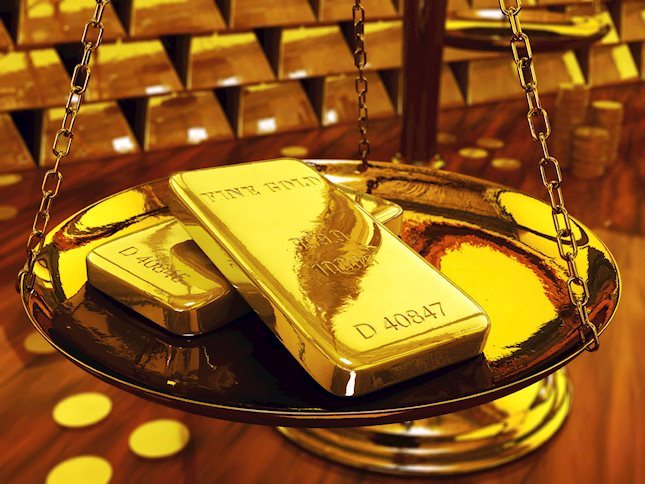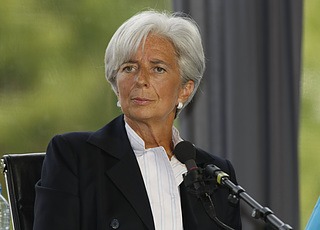Breaking: ECB lowers key rates by 25 basis points in December
|The European Central Bank (ECB) announced on Thursday that it lowered key rates by 25 basis points (bps) following the December policy meeting, as expected. With this decision, the interest rate on the main refinancing operations, the interest rates on the marginal lending facility and the deposit facility stood at 3.15%, 3.4% and 3%, respectively.



-637336005550289133_Medium.jpg)

